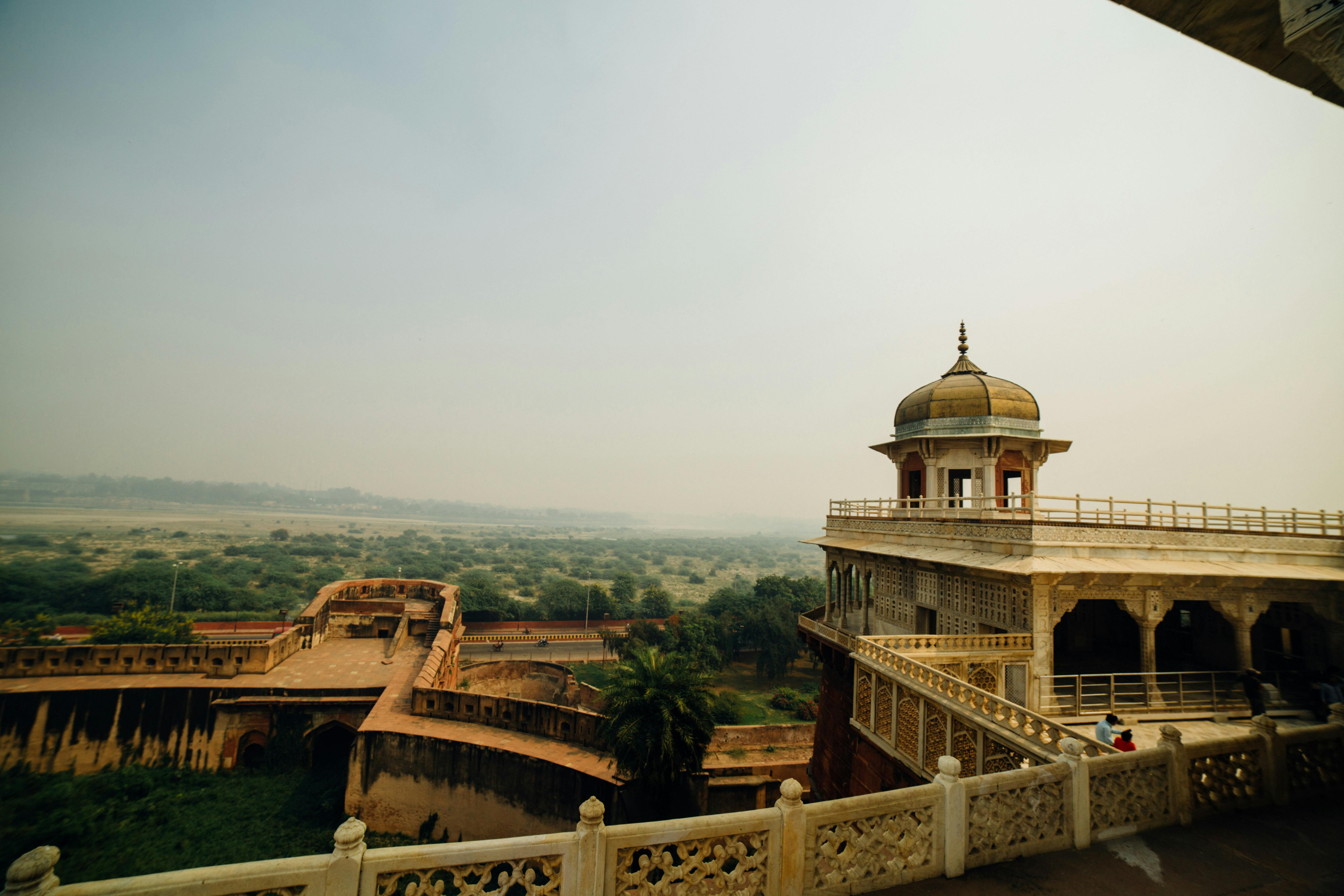There are several types of flat roof systems to choose from for your home or building. Many options are suitable for new construction homes and roof replacement needs, making it more difficult for you to decide which style is best for your property. Two of the most common options on the flat roof market are built roof systems (BUR) and EDPM Rubber Membrane Roof Systems. Read on to learn more about both systems by comparing the pros and cons of each.
Built Roofs (BUR)
The Built Up Roof (BUR) is a common choice for flat roof systems. These systems are built in layers, starting with several sheets of waterproof layers, followed by a layer of hot tar and gravel (hot bitumen or asphalt-based), and then ballasted with a layer of smooth river rock. This top layer works as an effective reflective coating for increased energy efficiency, while the hot mix asphalt provides durability and works as a fire retardant.
Although traditionally made with hot tar and gravel or tar paper, industry innovations continue to increase and more advanced materials are used for BURs, such as fiberglass membranes. The total cost of purchasing and installing BUR varies from customer to customer, as it depends on a wide variety of factors. Some of the most influential factors include the total surface area and the quality of the material. On average, BUR systems typically cost $5-$7 per square foot installed.
PROS:
Inexpensive compared to alternative flat roof options
Visually appealing for windows and balconies facing a roof
Reflective coating improves energy efficiency and reduces heat gain
CONS:
Requires more frequent routine maintenance compared to alternative systems
Materials are heavy and increase installation time
Installation can be tedious; Incorrect installation can clog gutters
EPDM rubber membrane roofing
EDPM rubber membrane roofs (“EPDM” stands for “ethylene propylene diene monomer”) are another common flat roof option that works great for large, flat roofs. This material is a true flexible rubber that can be installed in a variety of ways. More traditional installation methods include using fasteners to mechanically anchor it, stone ballasting, or using adhesive. They come in wide rolls that must be rolled out with the utmost precision and care to avoid air bubbles and other structural defects.
EDPM roofing systems provide a wide range of benefits, including increased durability, resistance to UV damage, and much more. Owners also admire the ease of installation and reduced routine maintenance needs, as well as its resistance to natural wear and tear, such as scuffs and scratches. In terms of cost, the total amount will vary based on the unique factors and circumstances of your property. On average, you can expect EDPM rubber roofing to cost between $4.00 and $7.00 per square foot installed.
PROS:
Low maintenance and easy to repair water leaks
Resistant to water leakage and surface imperfections such as scuffs and tears
It can last up to 20 years or more with good care.
Provides a clean, uniform appearance
CONS:
It absorbs a lot of heat, so a reflective top liner is necessary.
Reflective white top liner is an additional cost to purchase and install
Excess heat absorption can increase energy costs by 30% or more
